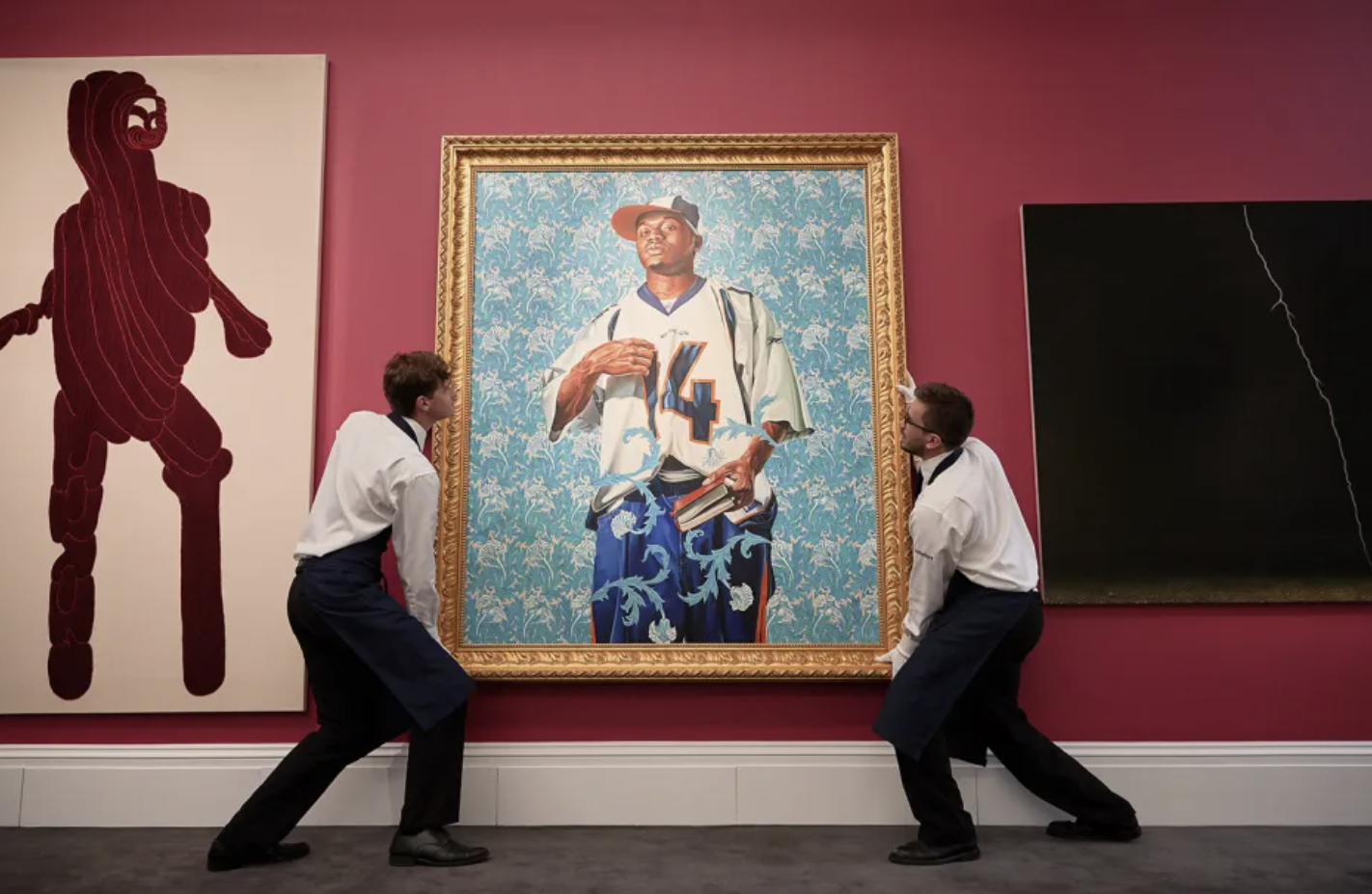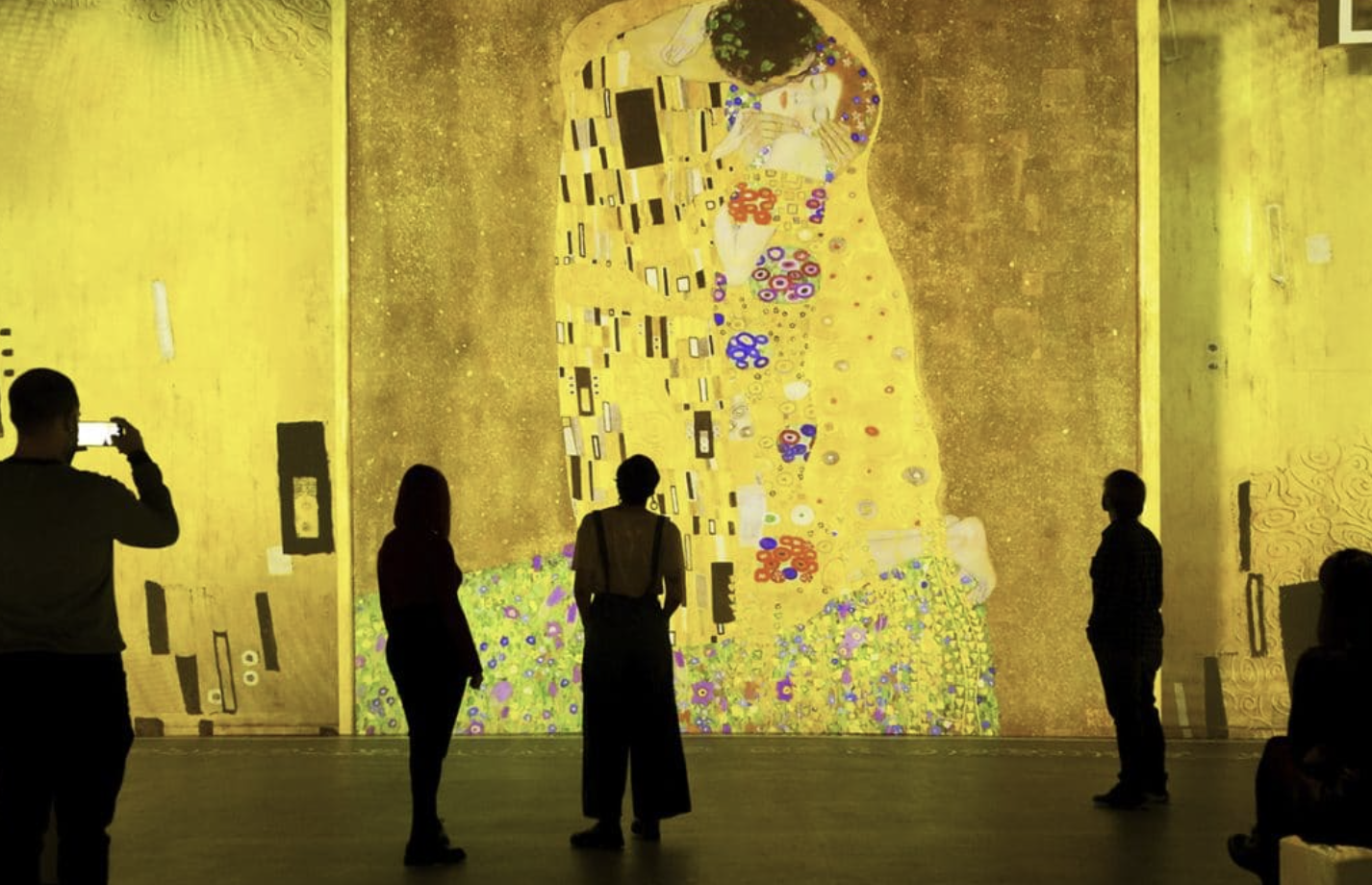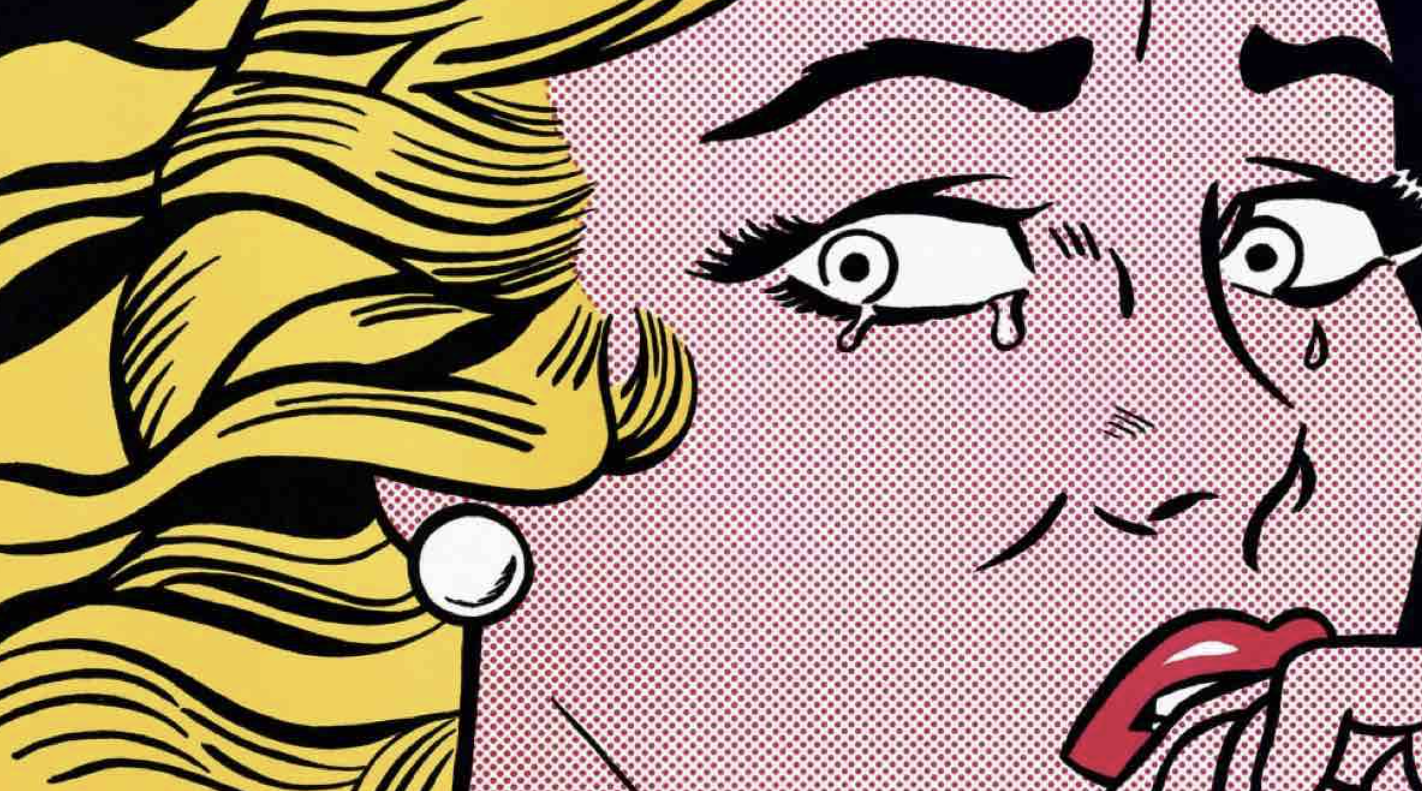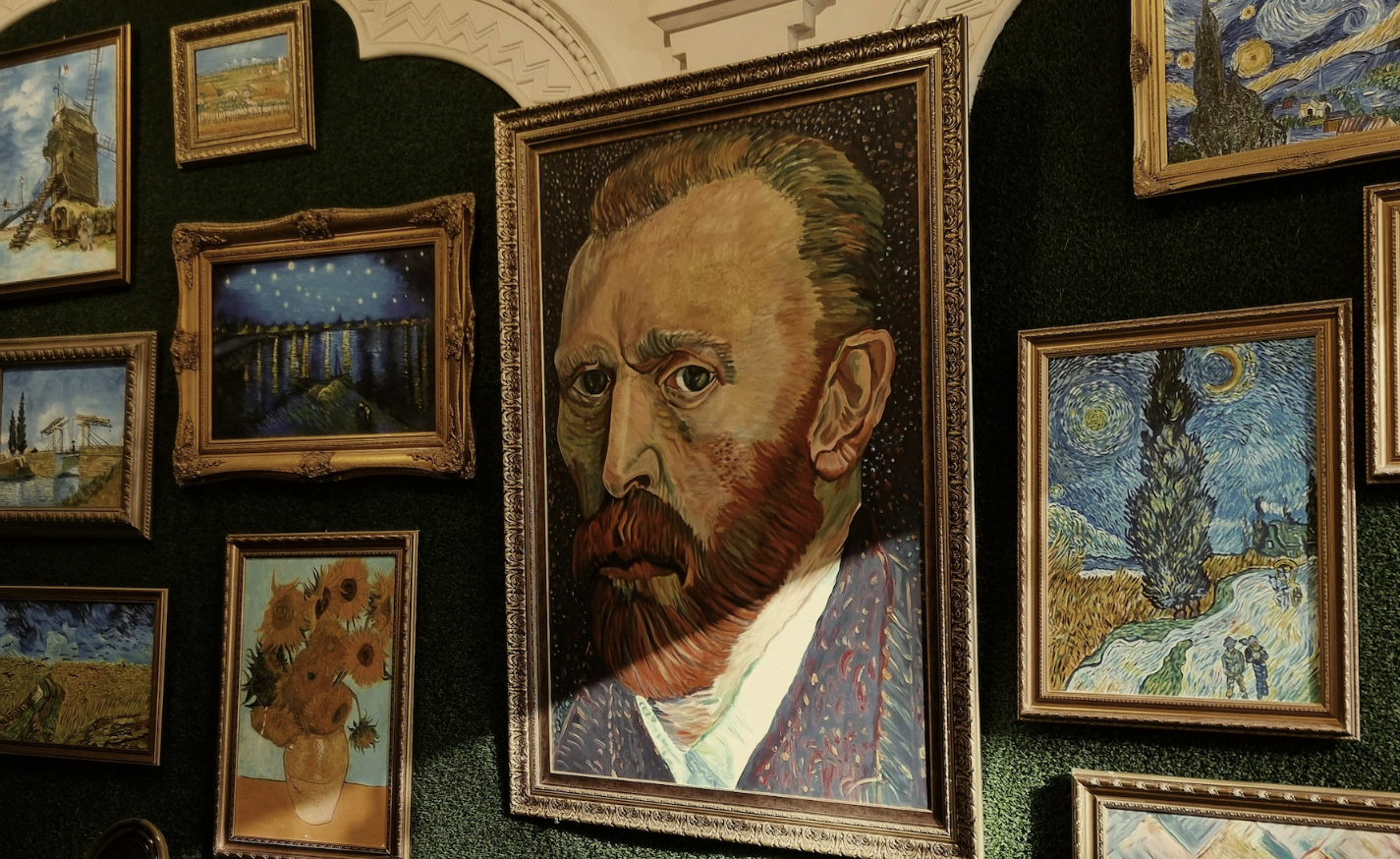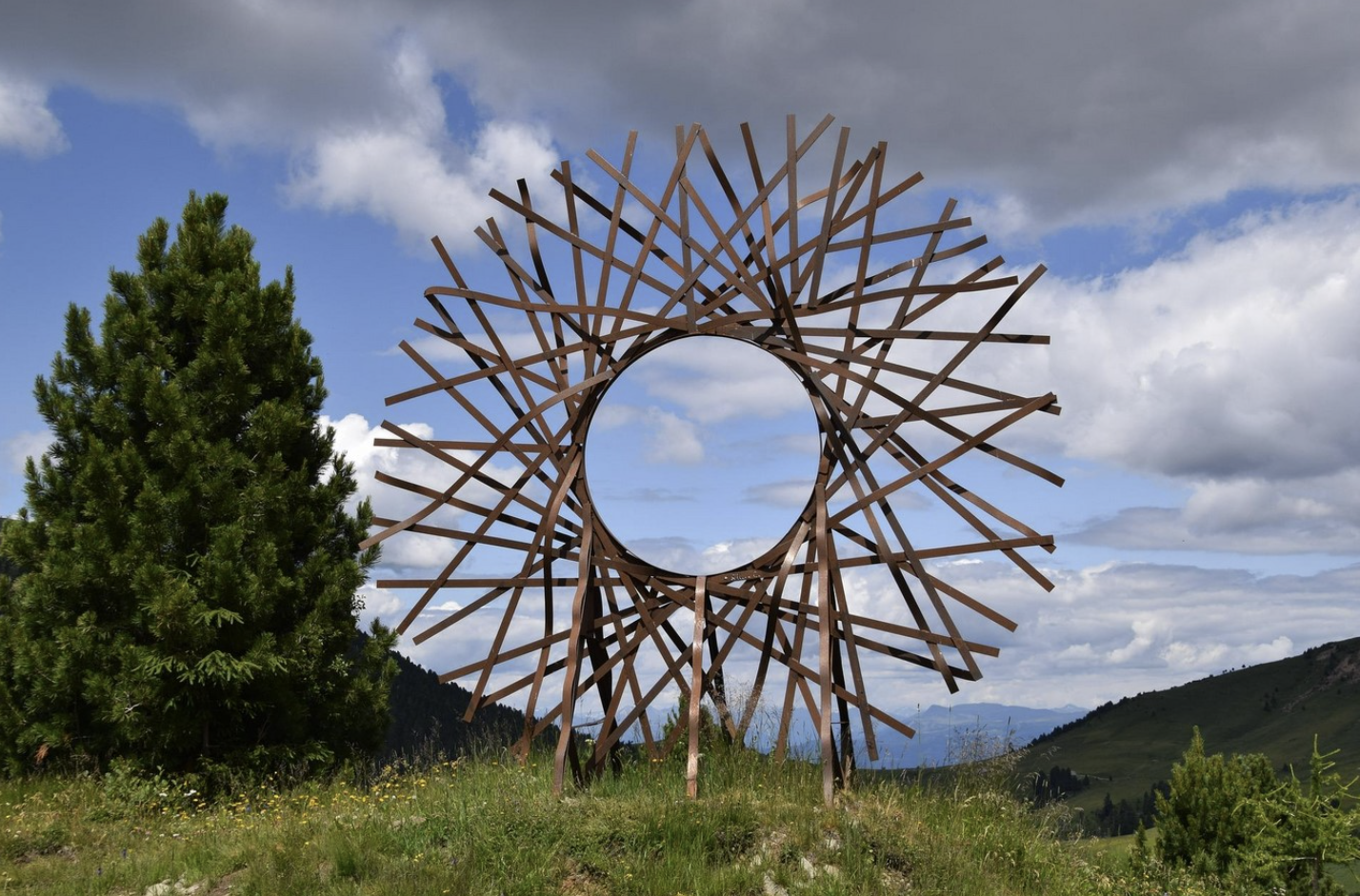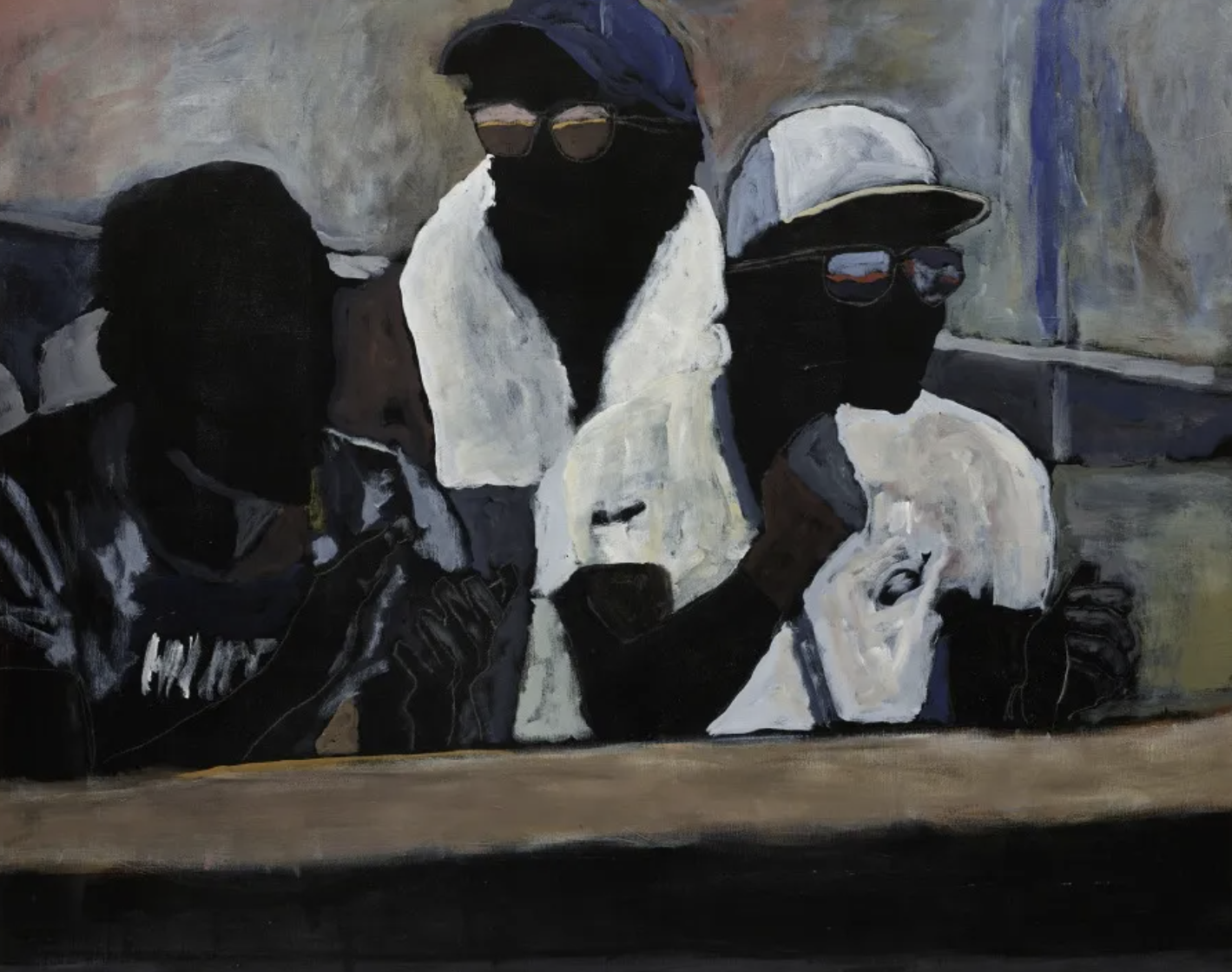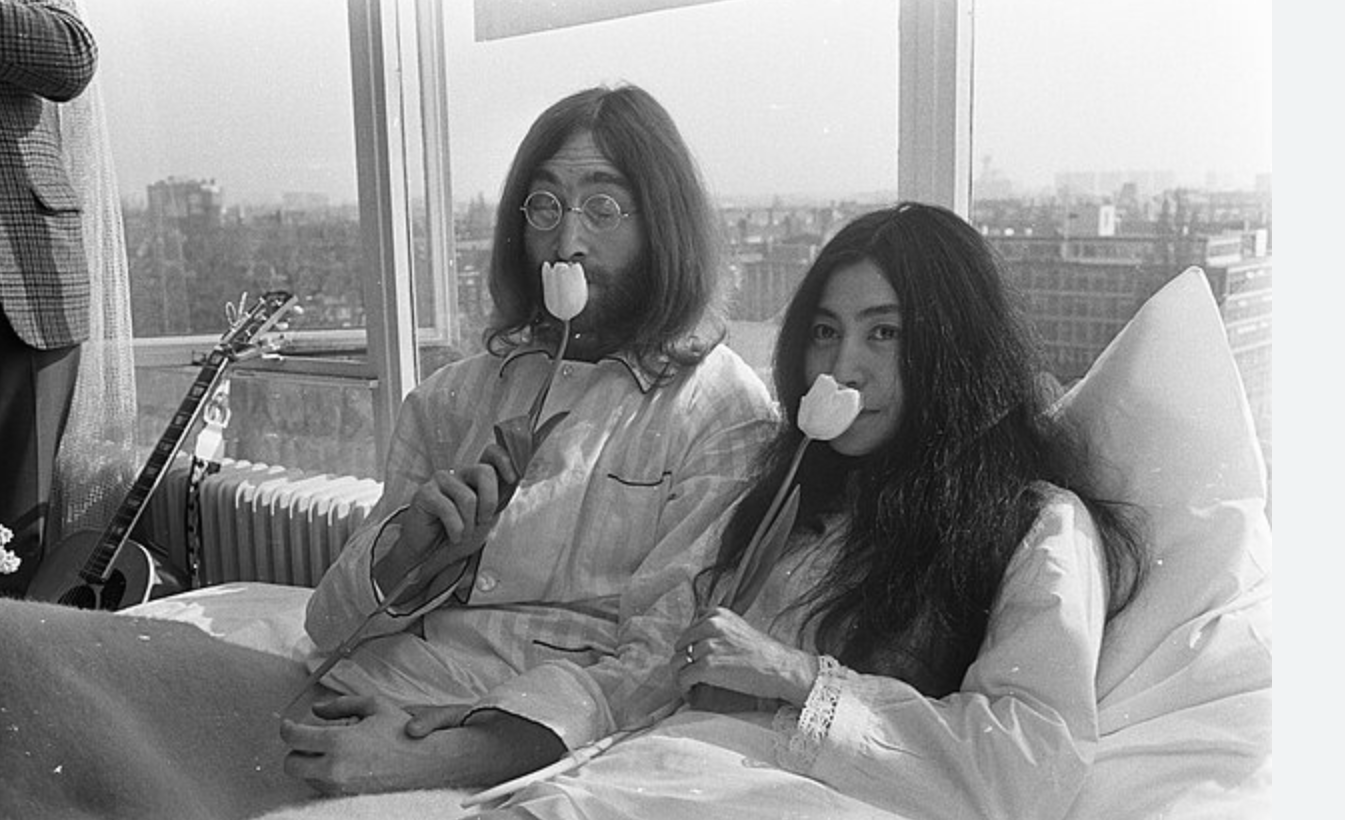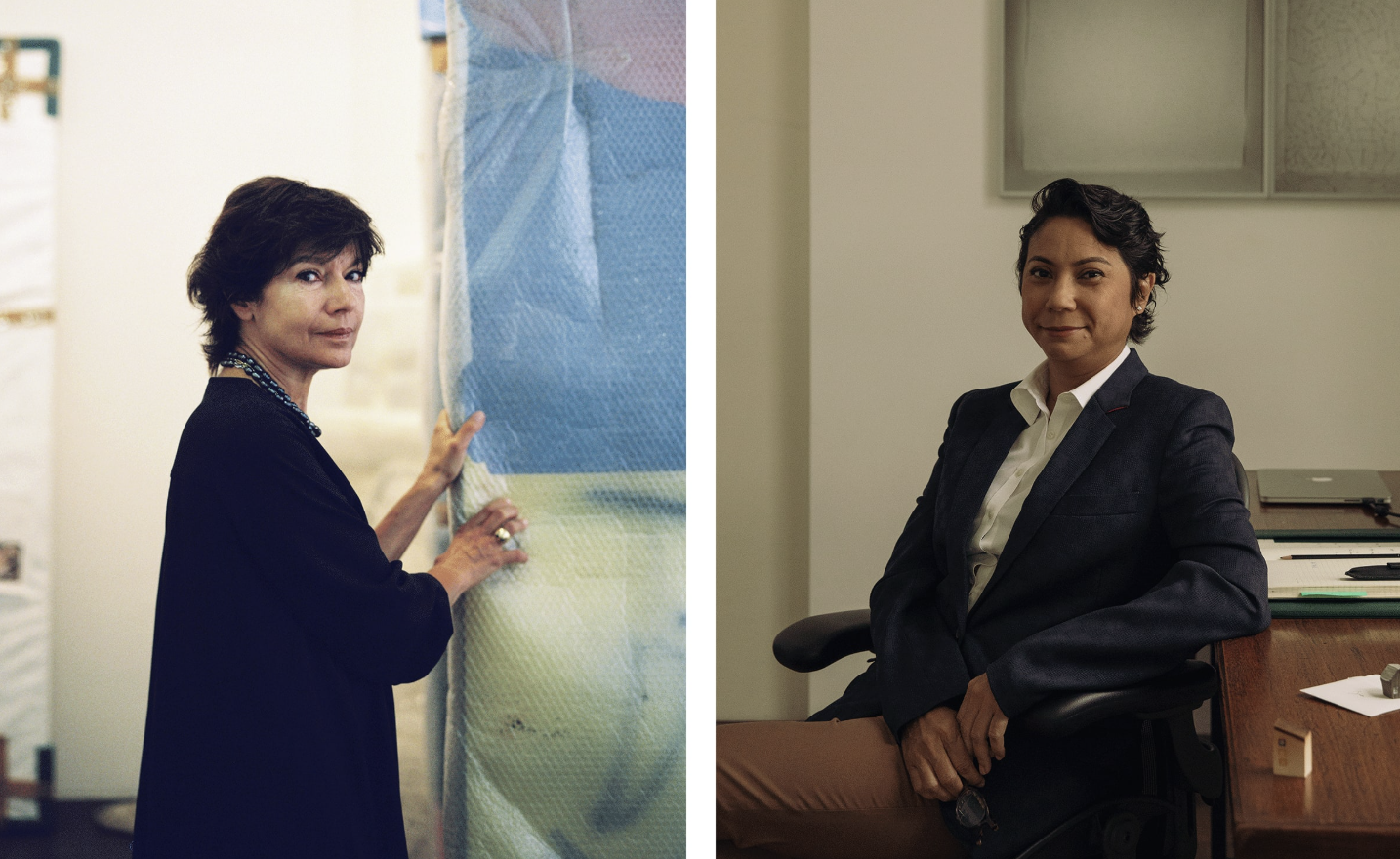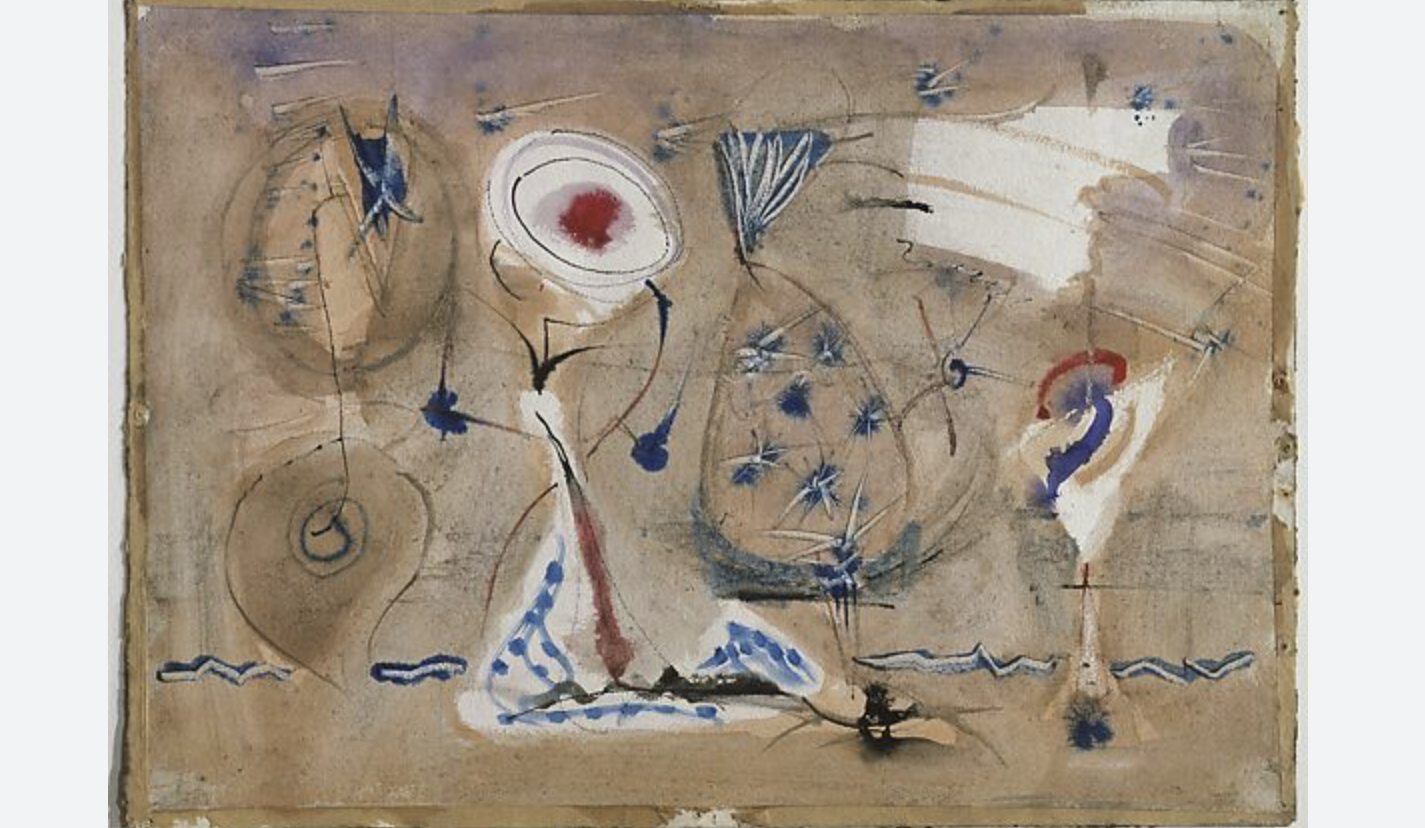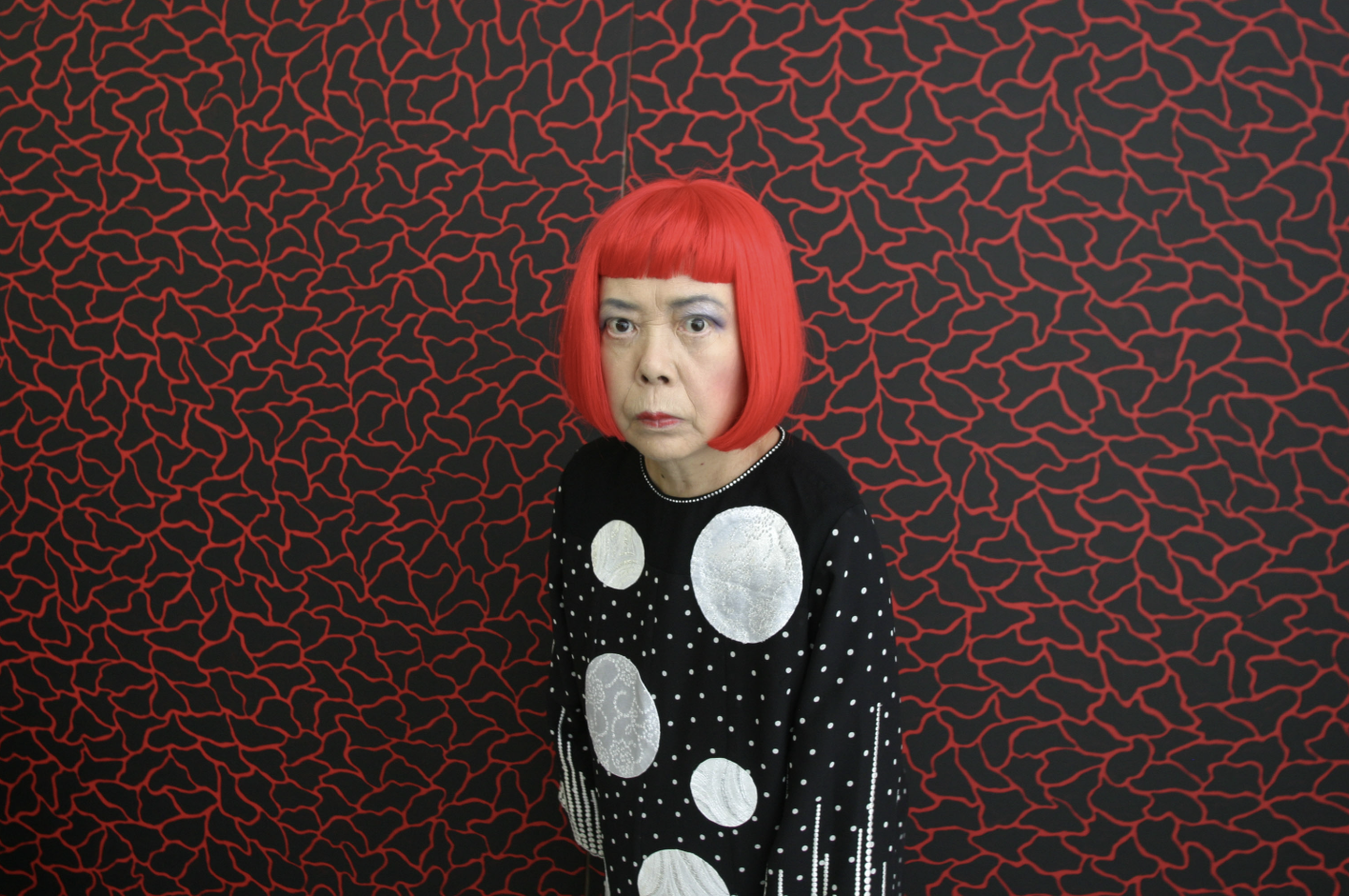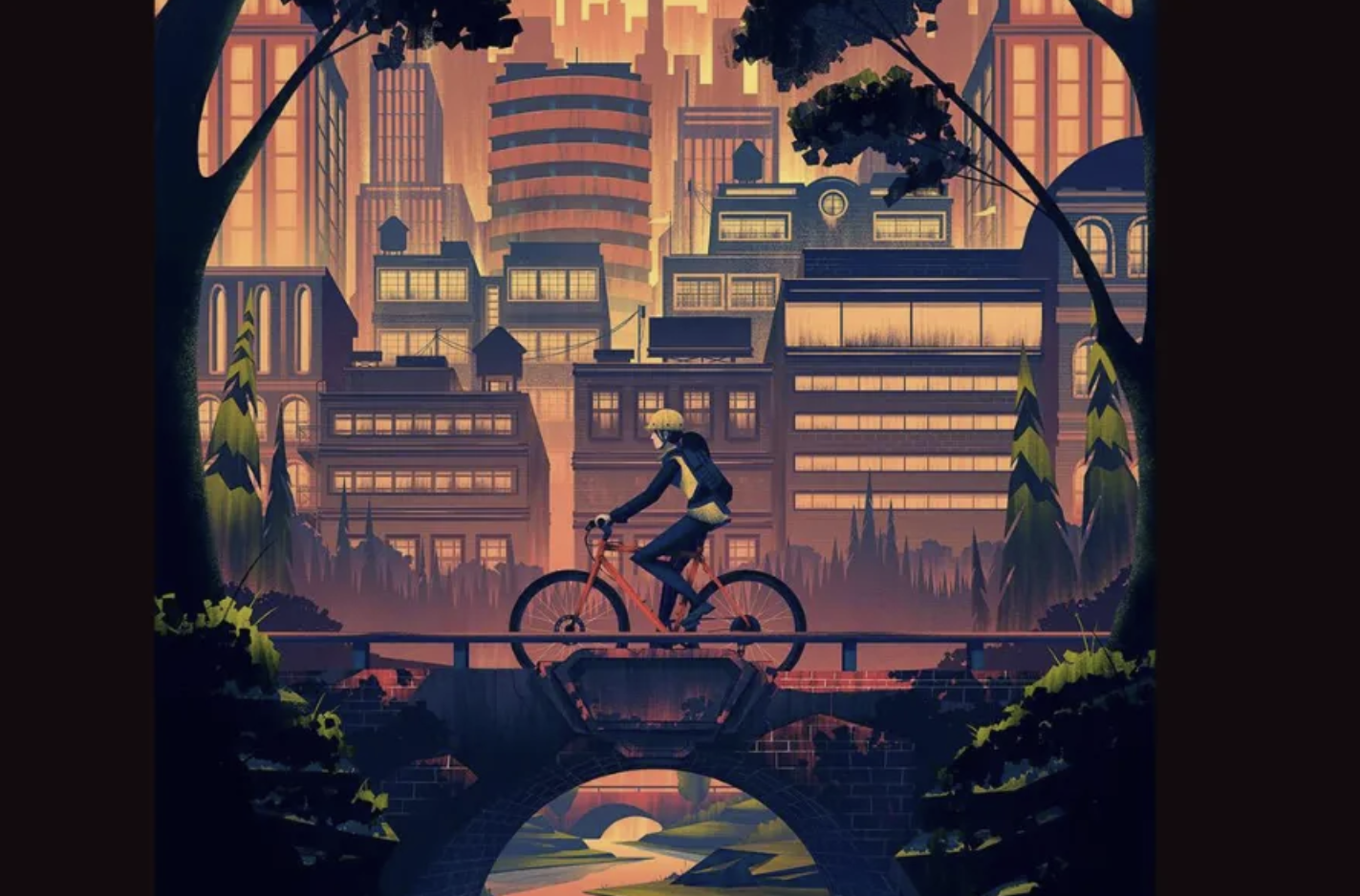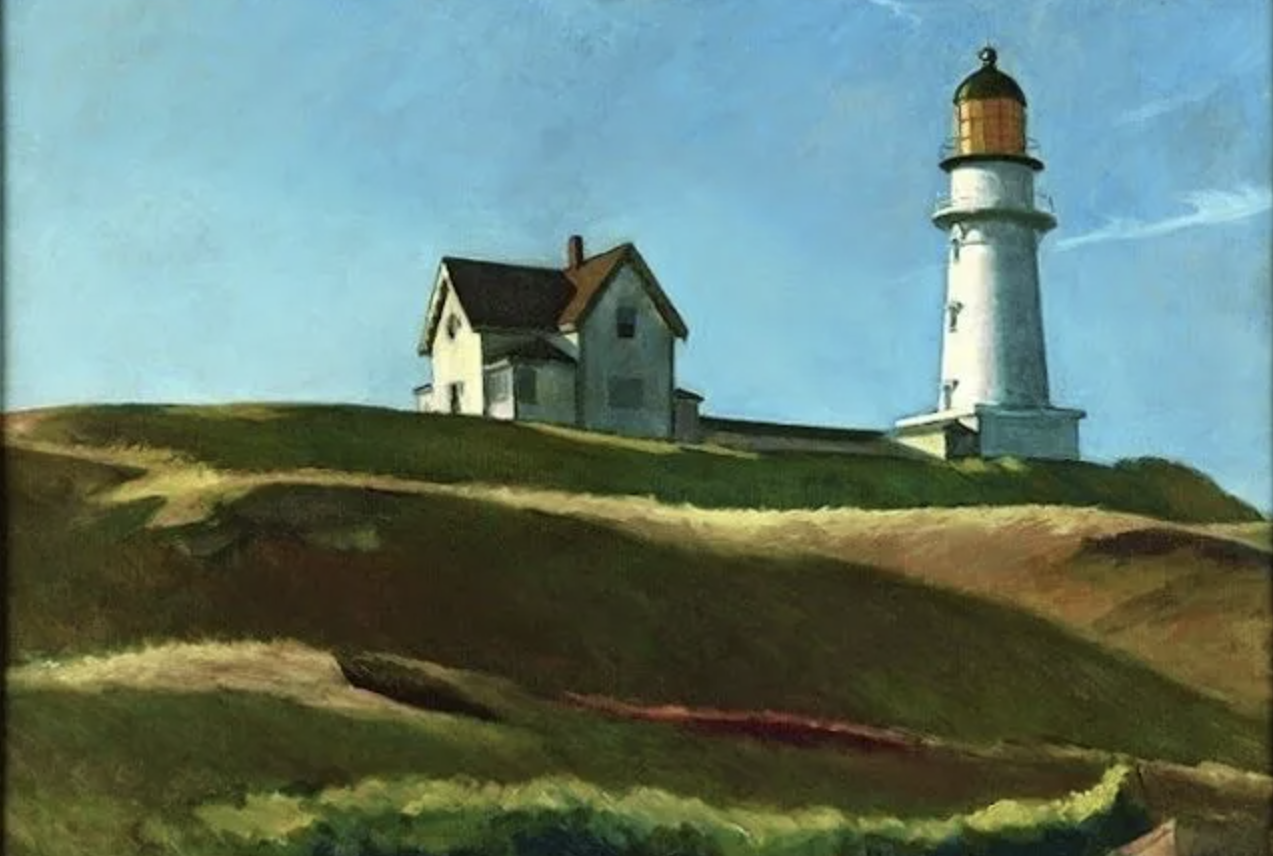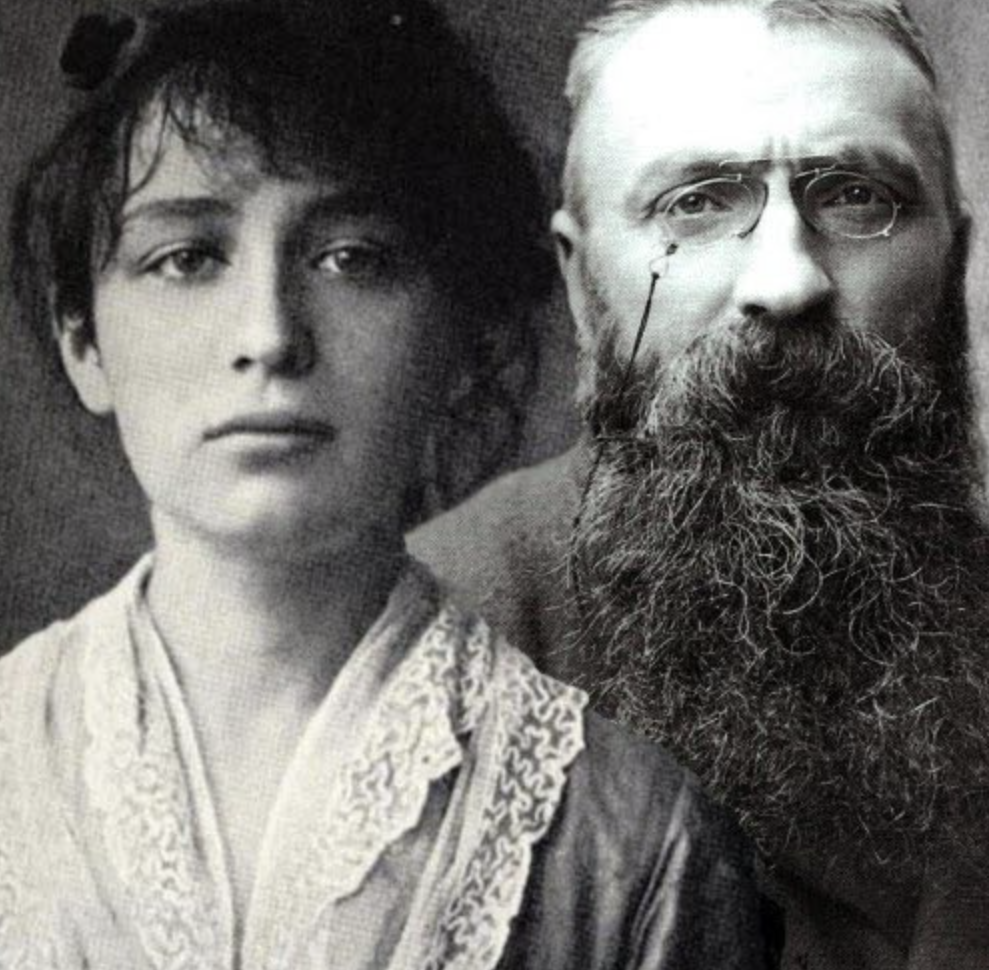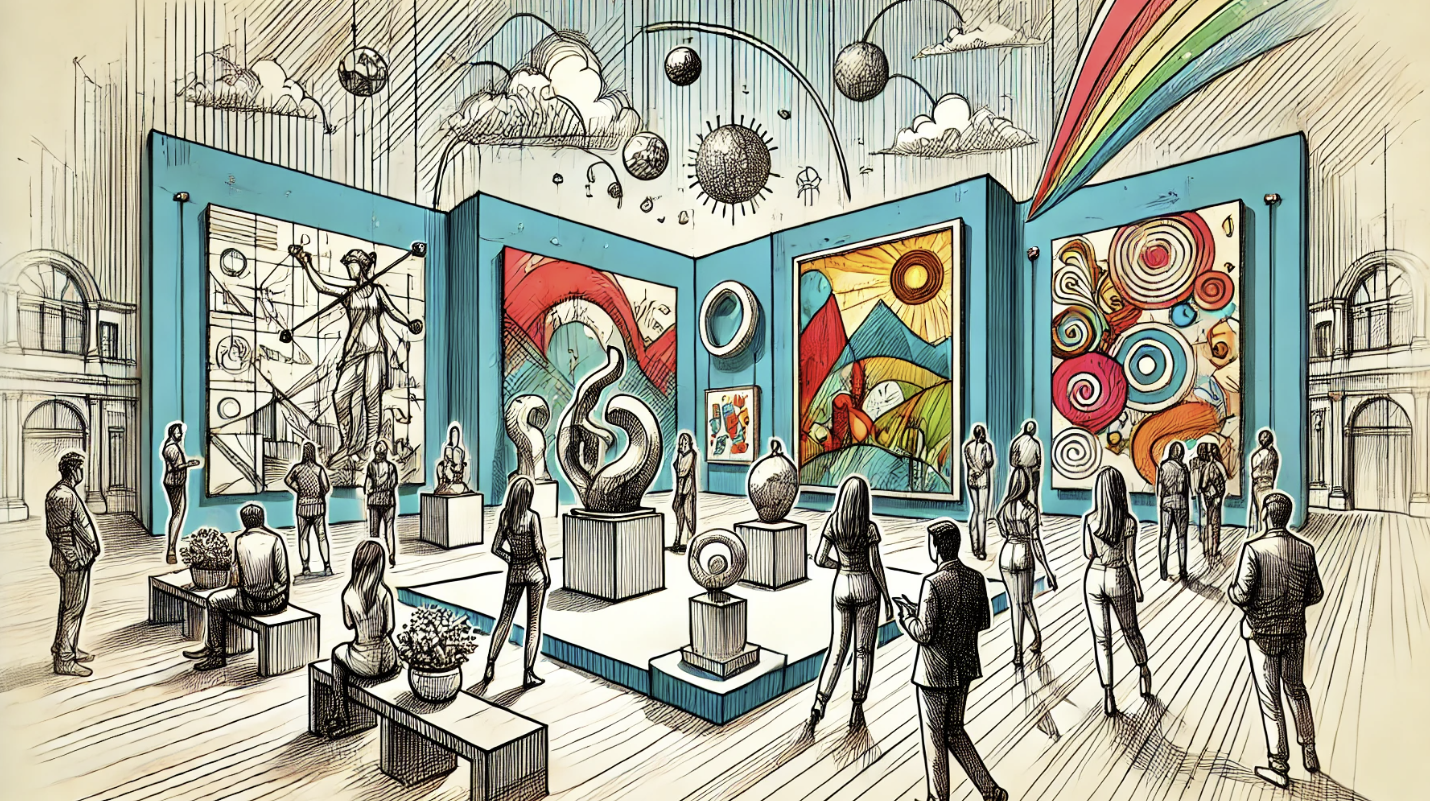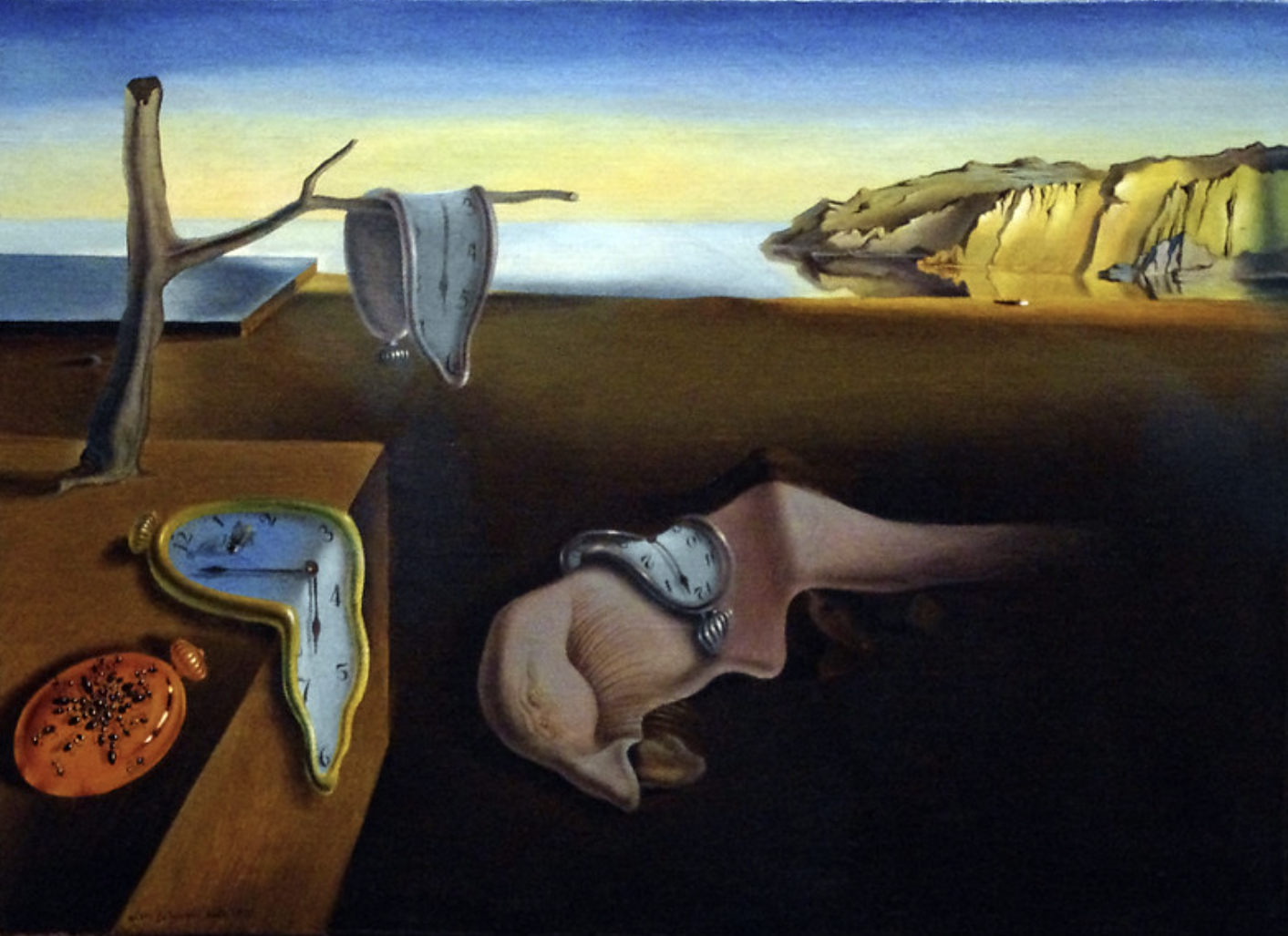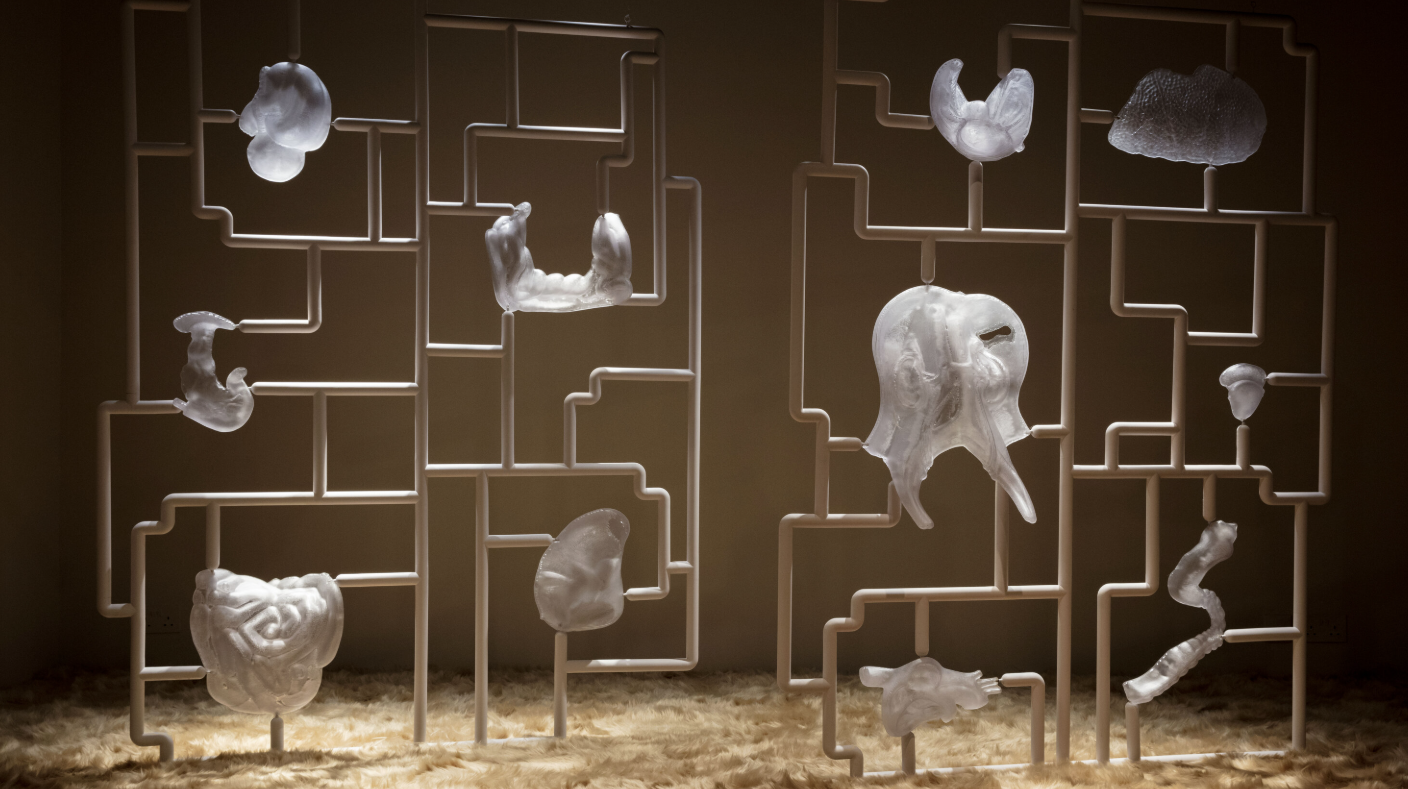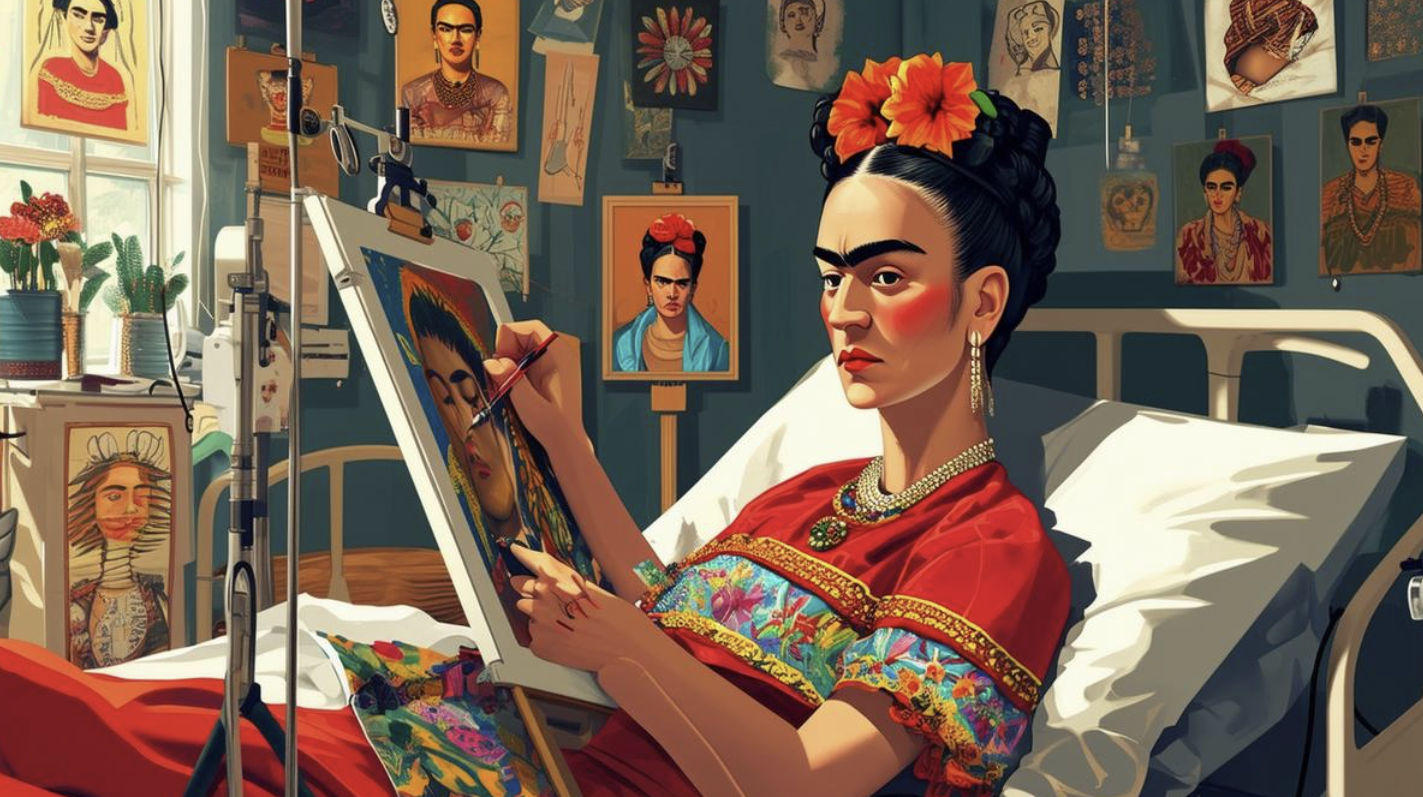
Frida Kahlo’s work has continued to captivate art enthusiasts worldwide, renowned for its powerful self-portraits and striking dreamlike imagery. Her life, steeped in feminism, political activism, and bohemian ideals, has infused her art with an aura of magical realism that still resonates today.
Frida Kahlo: A Unique Artistic Identity
Born Magdalena Frida Carmen Kahlo y Calderón in 1907, Kahlo is often categorized as one of the most significant surrealist artists in history. Surrealism, founded in the 1920s by French artist André Breton, was a movement dedicated to connecting dreams and reality through irrational and imaginative imagery. Surrealists sought to explore the unconscious mind, using techniques that defied logical reasoning. While surrealism was a revolutionary movement across art and literature, Kahlo’s work, deeply personal and emotionally charged, often aligned with these principles.
However, Frida Kahlo herself was reluctant to be classified as a surrealist. When she met Breton in 1938, he insisted that her art was undeniably surreal, calling it “a ribbon around a bomb.” Kahlo, however, rejected this label, saying, “I don’t know if my paintings are surrealist or not, but I know that they are the truest expression of myself.” This refusal to be confined to any one movement highlights her unique, multifaceted approach to art.
Beyond Surrealism: Mexicanism and Magical Realism
Kahlo’s artistic identity transcended surrealism. She also became associated with Mexicanism, a movement born in the wake of the Mexican Revolution that sought to reclaim and celebrate the country’s indigenous roots. Kahlo’s work often showcased her pride in Mexican culture, using symbols and motifs rooted in the country’s pre-Columbian history.
Additionally, her art shares strong similarities with Magical Realism, a Latin American literary movement that blends the real and the fantastical. Just as Magical Realism weaves the ordinary and extraordinary into a seamless narrative, Kahlo’s paintings are grounded in her personal reality while simultaneously drawing on dreamlike elements, creating a world where the mundane and the magical coexist.
The Influence of Surrealism on Kahlo’s Techniques
Though Kahlo resisted being labeled a surrealist, her painting techniques were certainly influenced by the movement. Drawing inspiration from surrealist masters like Salvador Dalí, Marc Chagall, and René Magritte, Kahlo developed a distinctive style that fused vivid, symbolic imagery with deep psychological and emotional exploration. Her technical skill, honed through lessons from her father, an architectural photographer, and her husband, the famous Mexican muralist Diego Rivera, helped her create her striking self-portraits and symbolic paintings.
The Power of Self-Portraiture
Kahlo’s body of work is dominated by self-portraits, with 55 of her approximately 150 paintings falling into this category. These self-depictions offer a raw, intimate glimpse into her emotional and physical struggles. Through her use of oil paints and masonite boards, she created works that reflect her inner turmoil, from the pain of her physical disabilities to her complex emotional world. Her self-portraits served as a visual diary, capturing her moods, her health, and the tumult of her personal life.
Frida’s Life and Art: Pain, Resilience, and Political Activism
Kahlo’s life was marked by hardship and resilience. As a young girl, she aspired to become a doctor, but her dreams were shattered when she contracted polio, which left her with lasting physical disabilities. At 18, Kahlo was involved in a horrific bus accident that caused multiple serious injuries, resulting in over 30 surgeries. During her lengthy recovery, she began to paint while bedridden, creating self-portraits that conveyed both her physical and emotional pain.
Kahlo’s personal life was as complex as her art. Though married to Rivera, their relationship was far from conventional, filled with both passion and infidelities. Despite this, Kahlo emerged as a feminist icon, using her platform to challenge societal norms. She was outspoken about her bisexuality and encouraged women to confront and reclaim their bodies, urging them to break free from societal expectations and male-dominated power structures.
Kahlo’s Political Engagement
In addition to her activism for women’s rights, Kahlo was deeply involved in political causes. Her inability to have children following her accident led her to focus her energies on fighting for the oppressed. She was a passionate anti-imperialist, anti-American, and proponent of the Mexican Communist Party, joining in 1928. Kahlo formed a close relationship with Russian revolutionary Leon Trotsky when he sought asylum in Mexico in 1936. Sadly, Trotsky was assassinated in Mexico City in 1940, an event that deeply impacted Kahlo.
Conclusion
Frida Kahlo’s work remains an enduring symbol of artistic brilliance, personal pain, and political activism. Her rejection of conventional labels and her ability to merge the real and the fantastical in her paintings have cemented her status as one of the most influential artists of the 20th century. Whether exploring the surreal, celebrating her Mexican heritage, or engaging with magical realism, Kahlo’s art continues to speak to the human experience in ways that transcend time and place.






